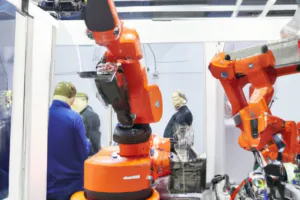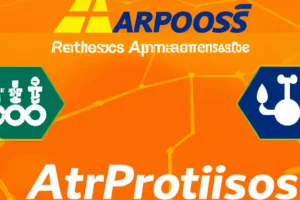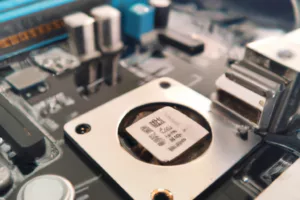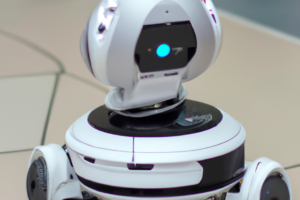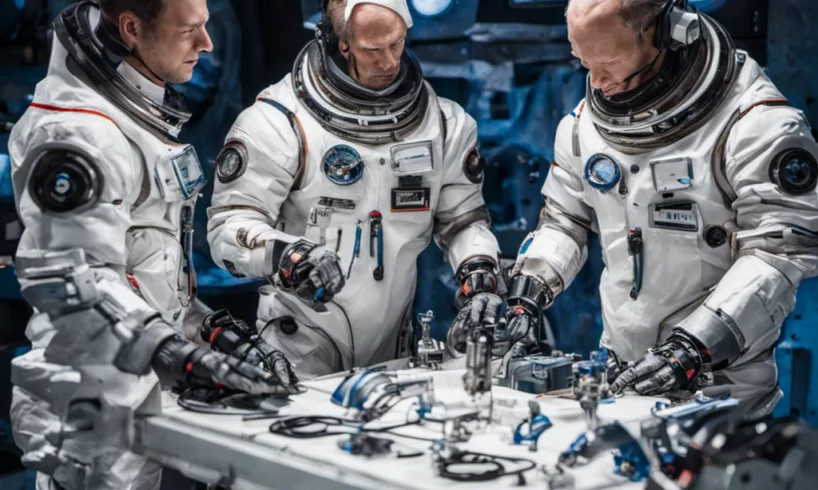
Investigating the Potential of Robotic Assistance and Automation on the International Space Station
As space exploration advances and missions to the Moon, Mars, and beyond become a reality, the efficient utilization of crew time on the International Space Station (ISS) has become increasingly crucial. To optimize productivity and minimize risks, scientists and engineers use robotic technology to assist and automate various tasks. These innovations have the potential to revolutionize space missions and find applications in hazardous environments on Earth. This article delves into the ongoing investigations and advancements in robotic technology on the ISS, highlighting their significance for future space exploration.
JEM Internal Ball Camera 2: Autonomous Capture of Research Activities
The JEM Internal Ball Camera 2, launched to the ISS in 2018, is a free-floating remote-controlled panoramic camera developed by the Japan Aerospace Exploration Agency (JAXA). This investigation aims to demonstrate the camera's ability to autonomously capture video and photos of research activities, freeing up precious crew time. By successfully implementing autonomous capture technology, researchers can focus on scientific experiments while the camera records crucial data. Additionally, this investigation serves as a testbed for other potential robotic tasks on the ISS.
Astrobees: Advancing Robotic Assistance
The ISS is home to three free-flying robots known as Astrobees, which support multiple demonstrations of technology for robotic assistance. The SoundSee Mission, utilizing a sensor mounted on an Astrobee, demonstrates the use of sound to monitor equipment on a spacecraft. Detecting anomalies in the sounds produced by life support systems and exercise equipment can identify potential malfunctions early on. This investigation also aids in characterizing sound sources in the dynamic acoustic environment of the space station.
Astronautics: Hopping Maneuvers for Robotic Vehicles
Traversing rough and uneven landscapes on the Moon or Mars poses challenges for robotic vehicles. The Astrobatics investigation utilizes the Astrobees to demonstrate hopping or self-toss maneuvers using arm-like manipulators. This innovative approach could expand the capabilities of robotic vehicles, enabling them to assist crews with intra- or extravehicular activities, servicing equipment, removing orbital debris, conducting on-orbit assembly, and exploring. The results of this investigation highlight the increased range of motion and displacement achieved through self-toss maneuvers.
Gecko-Inspired Adhesive Grasping: Enhancing Robotic Manipulation
Inspired by geckos' ability to adhere to surfaces without needing specialized features, the Gecko-Inspired Adhesive Grasping investigation explores the use of adhesive grippers on the Astrobees. These grippers, already proven to be effective in space, have the potential to allow robots to rapidly attach to and detach from surfaces, even on moving or spinning objects. Researchers have reported positive results from using these adhesives, emphasizing the need for redundant adhesive tiles and complete adhesive contact in microgravity. Furthermore, future applications of gecko grippers on robots used for intravehicular activities or spacewalks require the ability to absorb kinetic energy and accommodate misalignment.
ROAM: Observing and Safely Approaching Tumbling Space Debris
Space debris, including tumbling satellites, poses a challenge for rendezvous and docking maneuvers. The ROAM investigation utilizes the Astrobees to observe the tumbling motion of targets and plan safe approaches. By accurately assessing the tumbling behavior, potential risks can be mitigated. Simulation results have validated the accuracy of this method, highlighting its potential for future missions involving space debris.
Robonaut and ISAAC: Humanoid Robots in Space
Previous robotic technology on the ISS, such as Robonaut, featured a humanoid design, resembling a human with arms, hands, and legs. Robonaut successfully performed tasks such as flipping switches, removing dust covers and cleaning handrails. The ISAAC investigation combines Robonaut and the Astrobees to track the health of exploration vehicles, transfer and unpack cargo, and respond to issues such as leaks and fires. This collaboration aims to optimize the performance of multiple robots working together in complex scenarios.
The ongoing investigations and advancements in robotic technology on the ISS are revolutionizing space exploration. By utilizing robots for various tasks, crew members can focus on critical scientific experiments and reduce the risks of working outside spacecraft and habitats. These developments hold promise for future space missions to the Moon, Mars, and beyond and have important applications in harsh and dangerous environments on Earth. As robotic technology continues to evolve, the boundaries of space exploration are expanding, and the possibilities for human-robot collaboration are limitless. You can find more about lunar technology in this post.

Alejandro Rodriguez, a tech writer with a computer science background, excels in making complex tech topics accessible. His articles, focusing on consumer electronics and software, blend technical expertise with relatable storytelling. Known for insightful reviews and commentaries, Alejandro's work appears in various tech publications, engaging both enthusiasts and novices.
Follow us on Facebook



